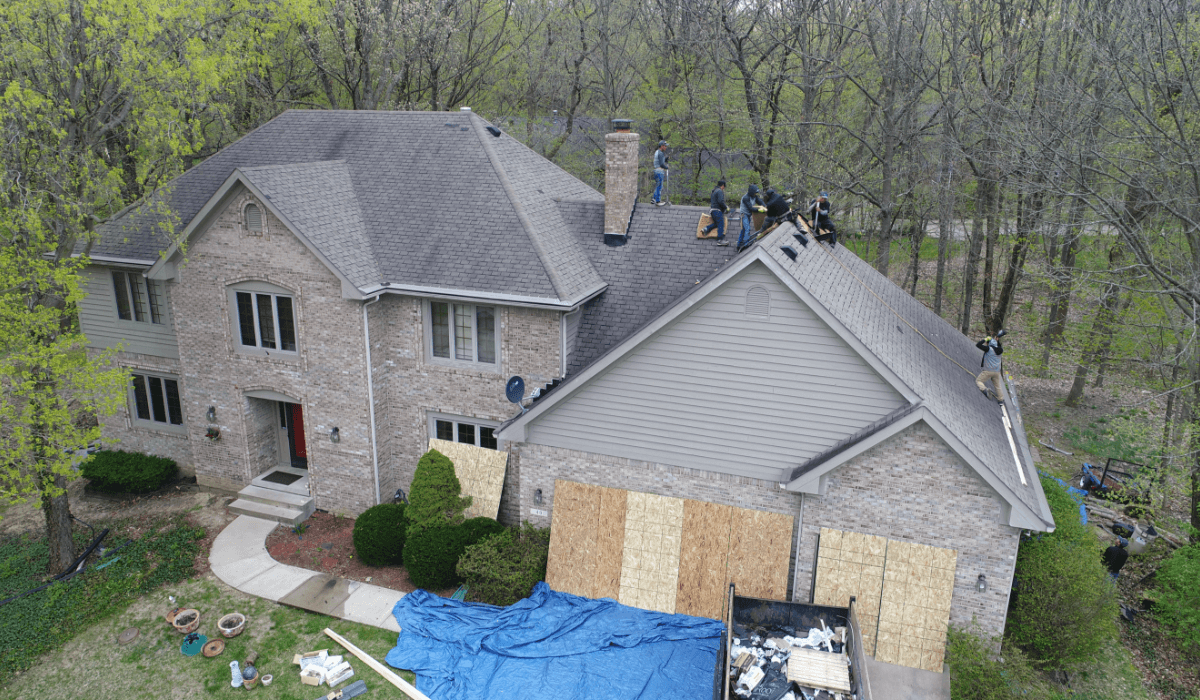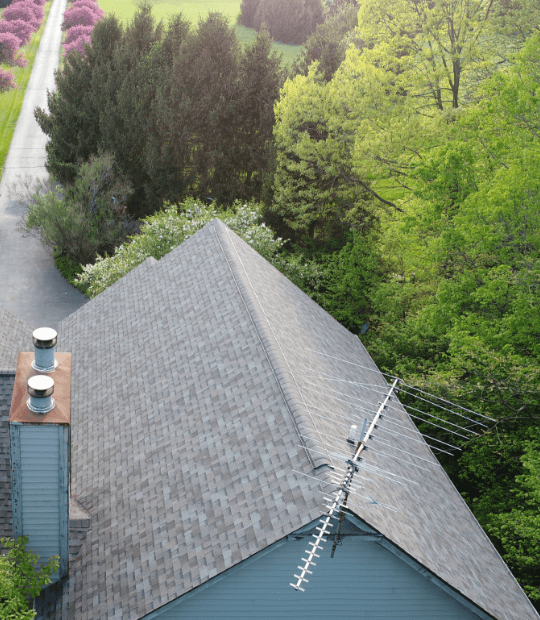Living in an area that is prone to storms can be worrisome for homeowners. One of the biggest concerns during a storm is the condition of your roof. A damaged roof can lead to significant problems, including leaks, water damage, and even structural damage. To ensure that your roof is in good condition before and after a storm, it's important to have a storm roof inspection. In this article, we will explore the benefits of having a storm roof inspection and why it's an essential step in protecting your home.
Early Detection of Damage
One of the most significant benefits of a storm roof inspection is early detection of damage. During a storm, your roof can be subjected to high winds, hail, and heavy rain, all of which can cause damage. A storm roof inspection can identify any damage that may have occurred during the storm, including loose or missing shingles, cracks in the roof, and other signs of damage. By detecting these issues early, you can take immediate action to prevent further damage to your home.
Prevent Water Damage
One of the most significant risks associated with a damaged roof is water damage. Water can enter your home through a damaged roof, causing significant damage to your home's structure, insulation, and personal belongings. A storm roof inspection can identify any areas of your roof that may be vulnerable to water damage and can help you take steps to prevent it from occurring.
Protect Your Home's Value
Your home is likely one of the most significant investments you will make in your lifetime. Protecting its value is essential, and having a storm roof inspection can help you do just that. A damaged roof can significantly reduce the value of your home, making it harder to sell in the future. By having a storm roof inspection, you can identify any issues that may be affecting your home's value and take steps to address them before they become a more significant problem.
Insurance Claims
If your home has been damaged during a storm, you may be eligible for insurance compensation. However, to receive this compensation, you will need to provide evidence of the damage. A storm roof inspection can provide the necessary evidence to support your insurance claim, helping you get the compensation you deserve.
Peace of Mind
Perhaps the most significant benefit of a storm roof inspection is the peace of mind that it provides. Knowing that your roof is in good condition after a storm can help you sleep better at night and reduce your stress levels. It's a small investment in your home's security and your peace of mind.
Extend the Life of Your Roof
Regular storm roof inspections can also help extend the life of your roof. By identifying and addressing small issues before they become bigger problems, you can prevent damage from occurring and help your roof last longer. This can save you money in the long run by reducing the need for costly repairs or a complete roof replacement.
Improve Energy Efficiency
A damaged roof can also impact the energy efficiency of your home. Leaks and other issues can allow air to escape, causing your HVAC system to work harder to maintain a comfortable temperature. This can lead to higher energy bills and more frequent breakdowns of your HVAC system. By identifying and addressing any issues with your roof, you can improve your home's energy efficiency and reduce your energy bills.
A storm roof inspection is an essential step in protecting your home from the risks associated with storm damage. By detecting any issues early, preventing water damage, protecting your home's value, and providing evidence for insurance claims, a storm roof inspection can provide significant benefits for homeowners. Additionally, regular storm roof inspections can help extend the life of your roof, improve your home's energy efficiency, and provide peace of mind. If you live in an area prone to storms, don't wait until it's too late. Contact us today to schedule a storm roof inspection and ensure that your home is protected from any potential damage.
During a storm roof inspection, a professional roofing contractor will carefully examine your roof for any signs of damage or wear and tear. They will also look for any vulnerable areas that could potentially cause problems in the future. This inspection will include checking the condition of the shingles, flashing, gutters, and other important components of your roof.
If any damage or potential issues are detected during the inspection, the roofing contractor will provide you with a detailed report outlining the extent of the damage and what repairs are needed. They will also provide you with an estimate for the repairs, so you can make an informed decision about how to proceed.
It's important to remember that even if you don't see any visible signs of damage on your roof, it doesn't necessarily mean that there isn't any damage present. Some types of damage, such as small cracks or leaks, may not be visible to the naked eye but can still cause significant problems over time.
In addition to scheduling a storm roof inspection after a storm, it's also a good idea to have your roof inspected on a regular basis, typically once every year or two. This can help detect any potential issues before they become major problems, and can also help extend the life of your roof.



